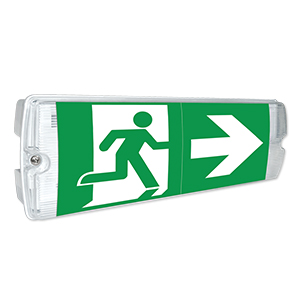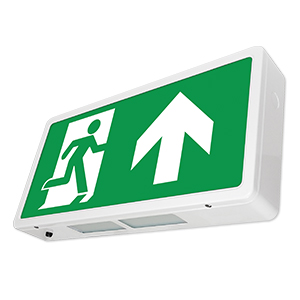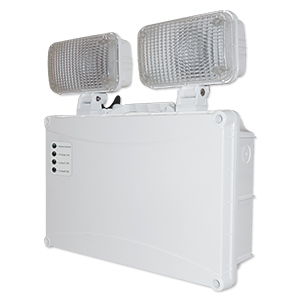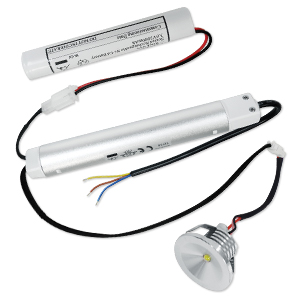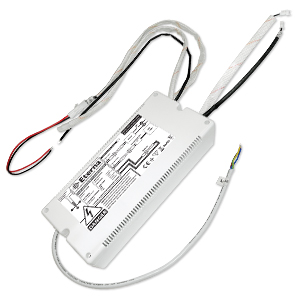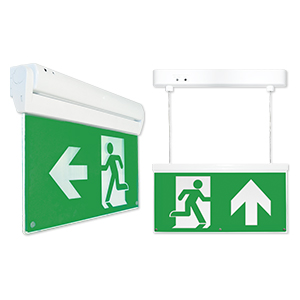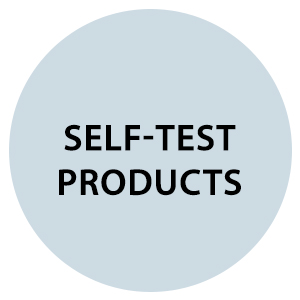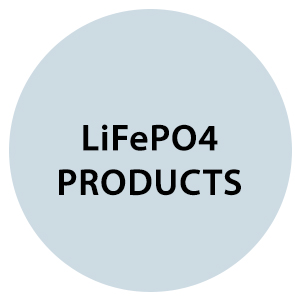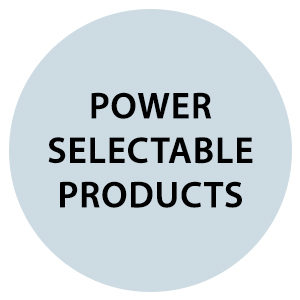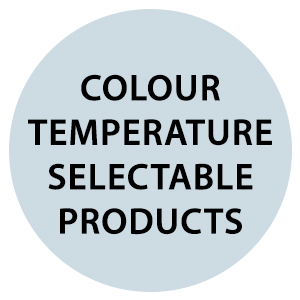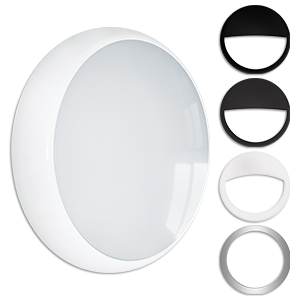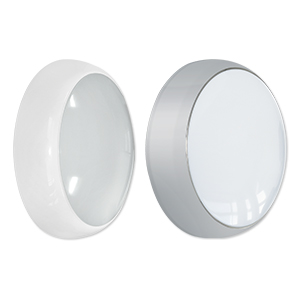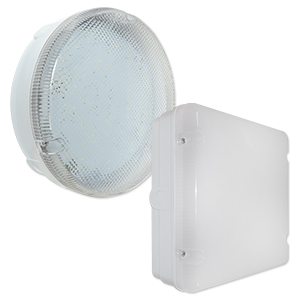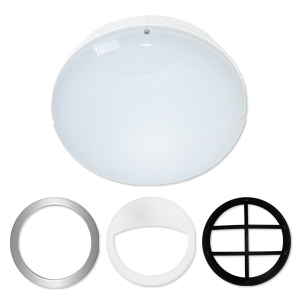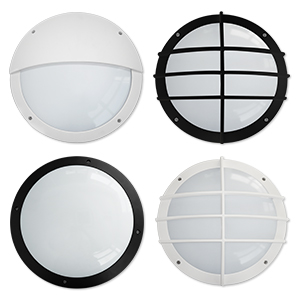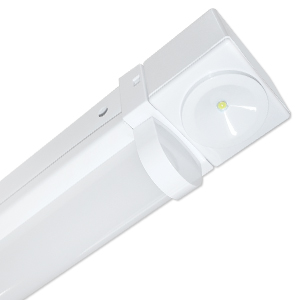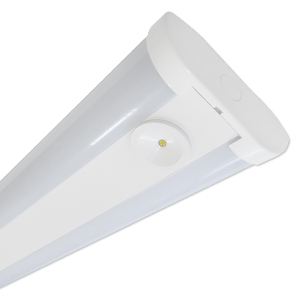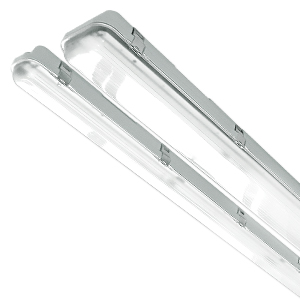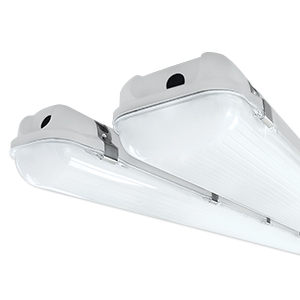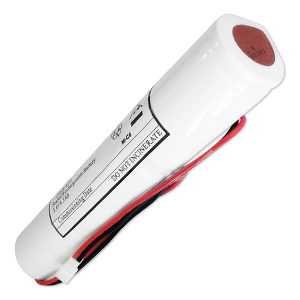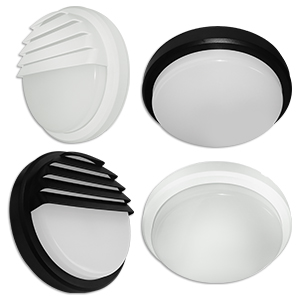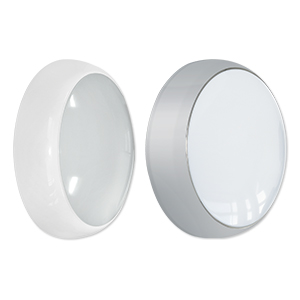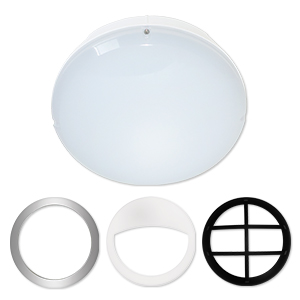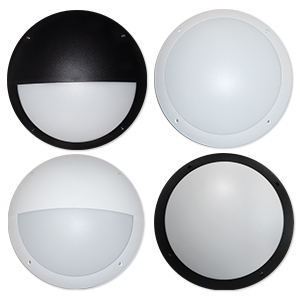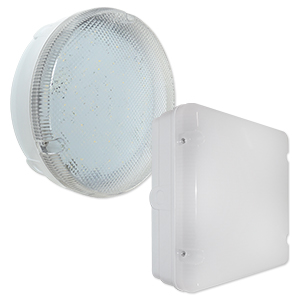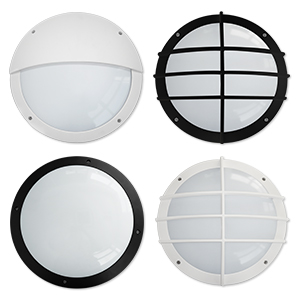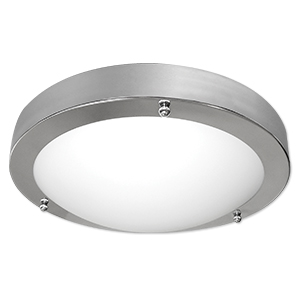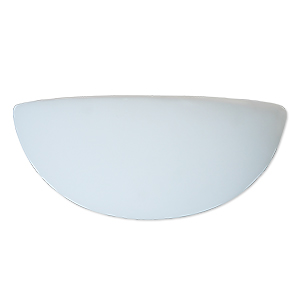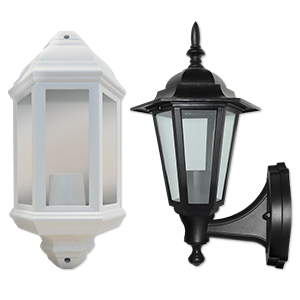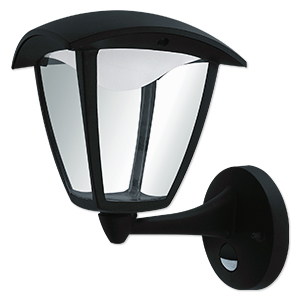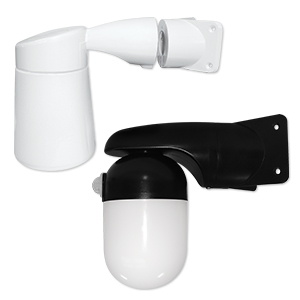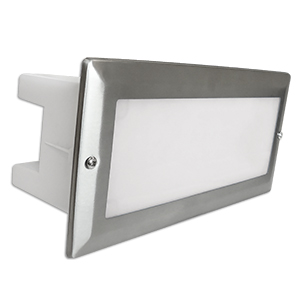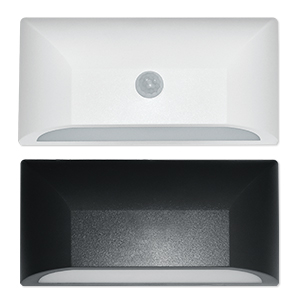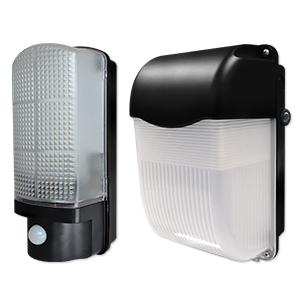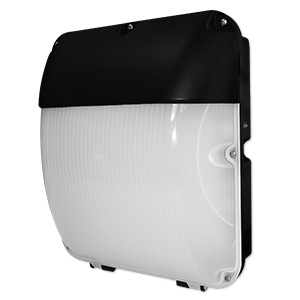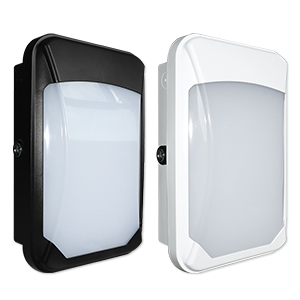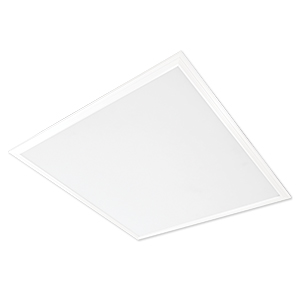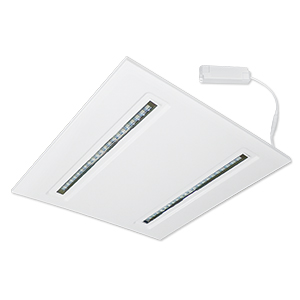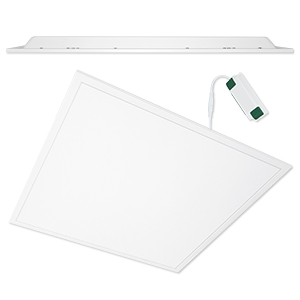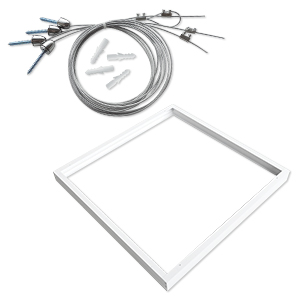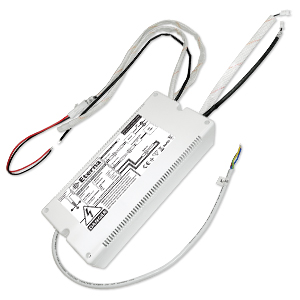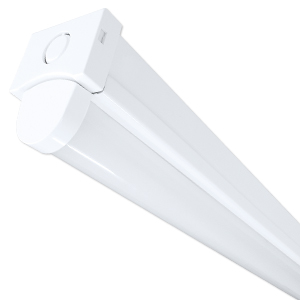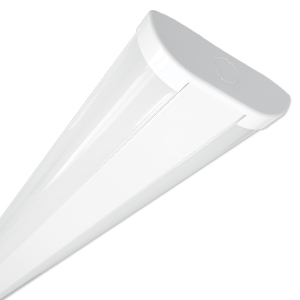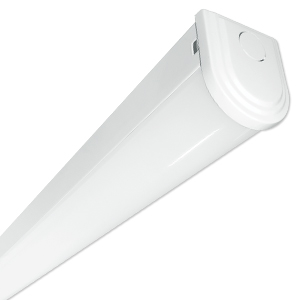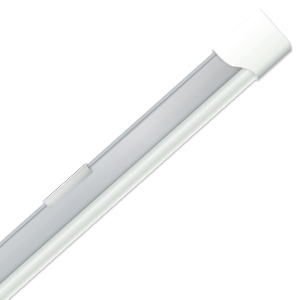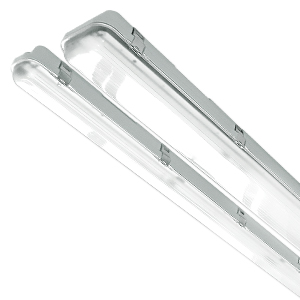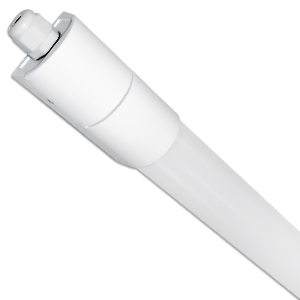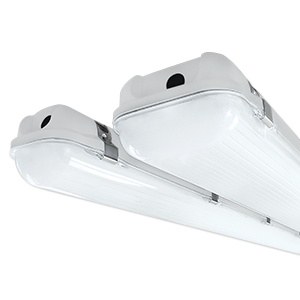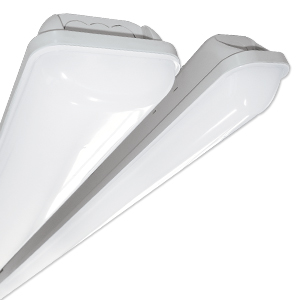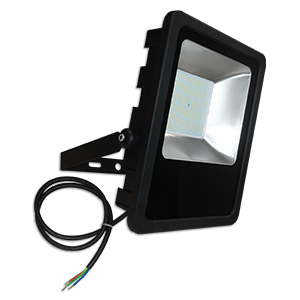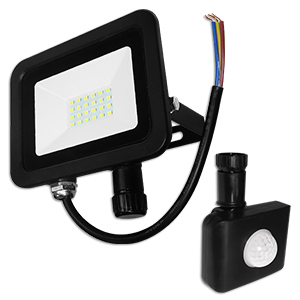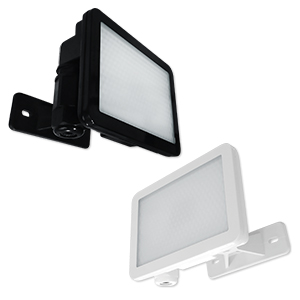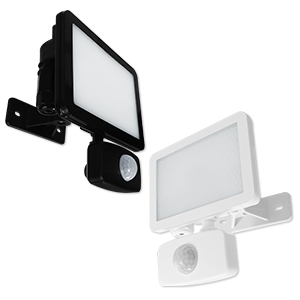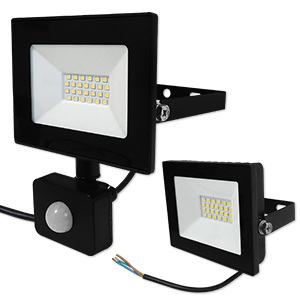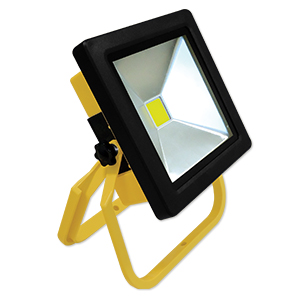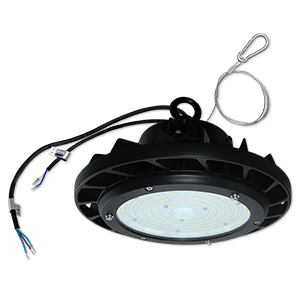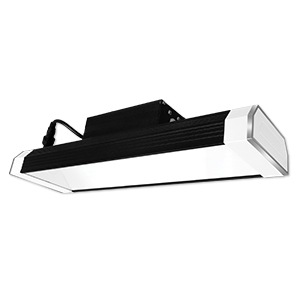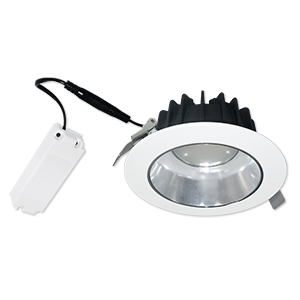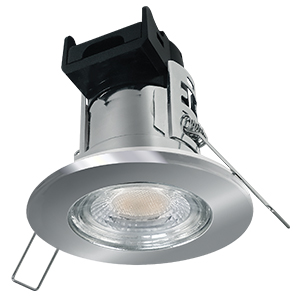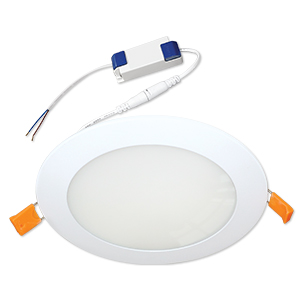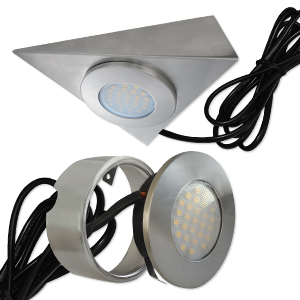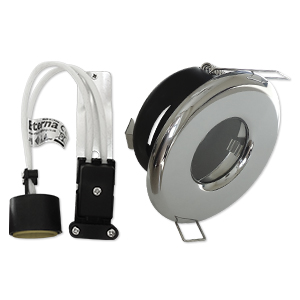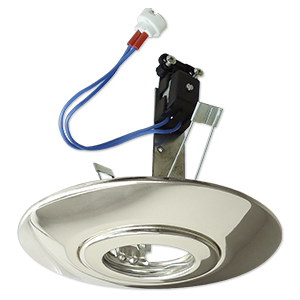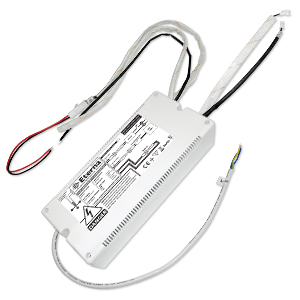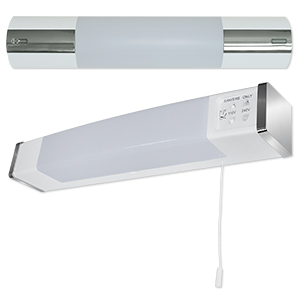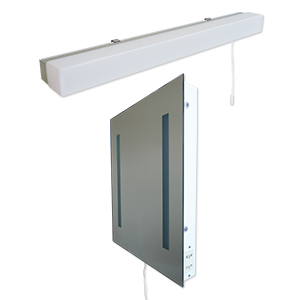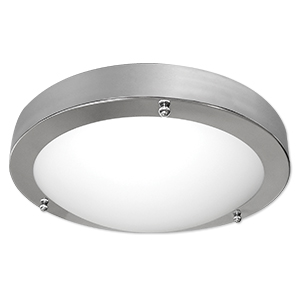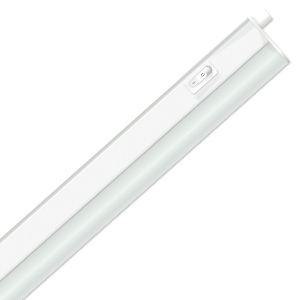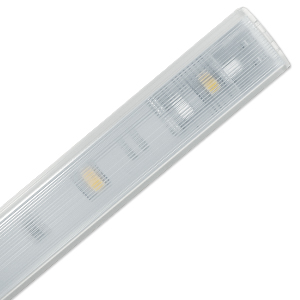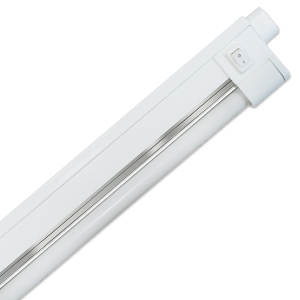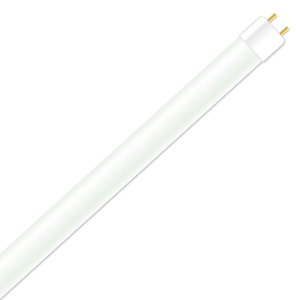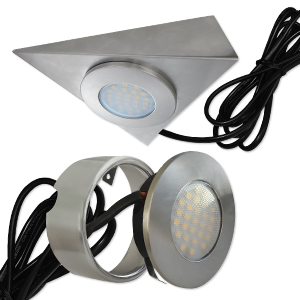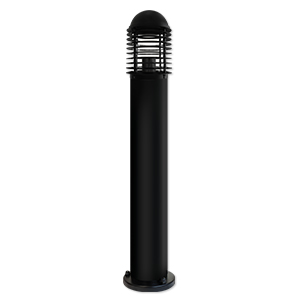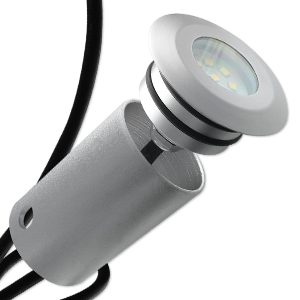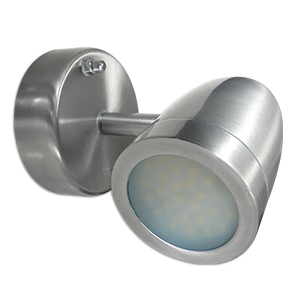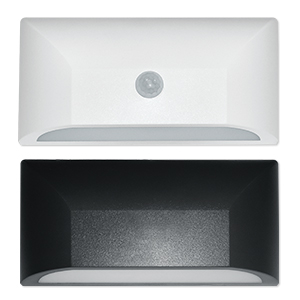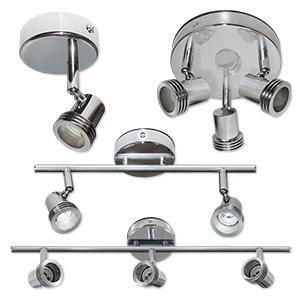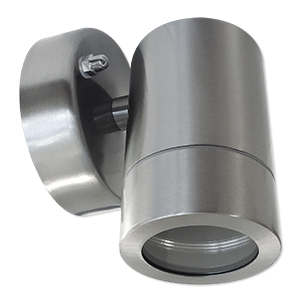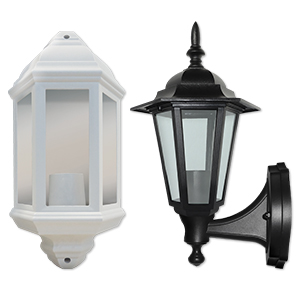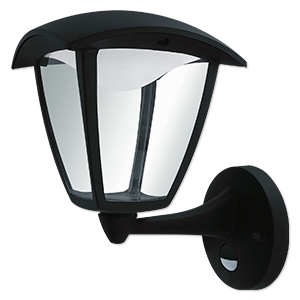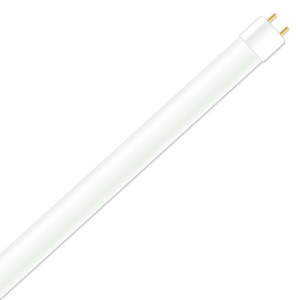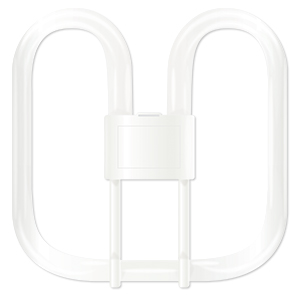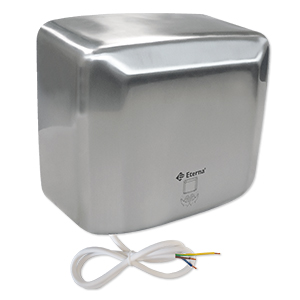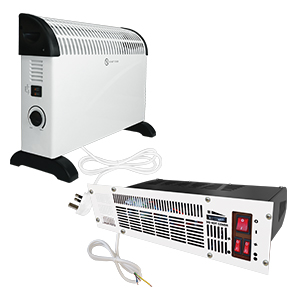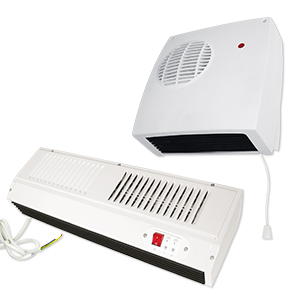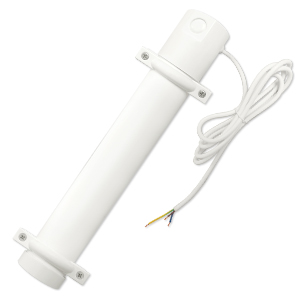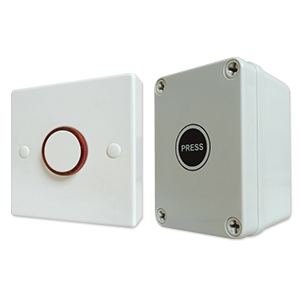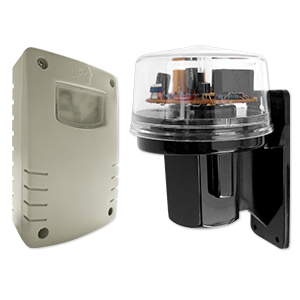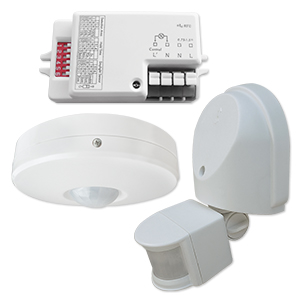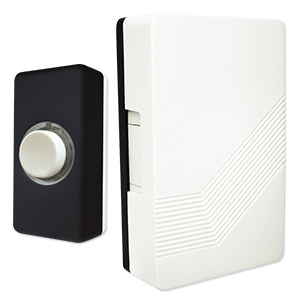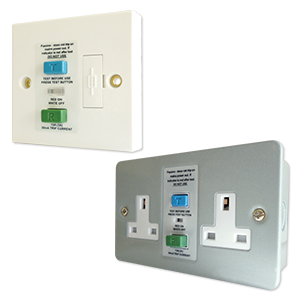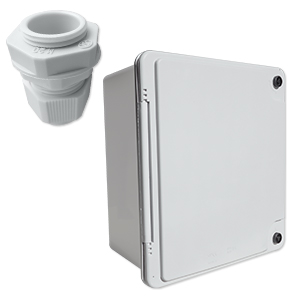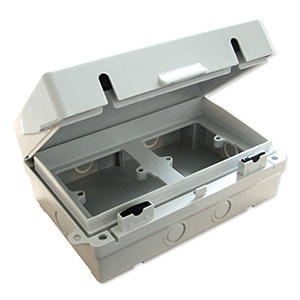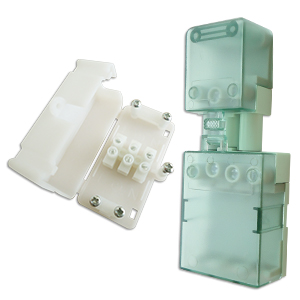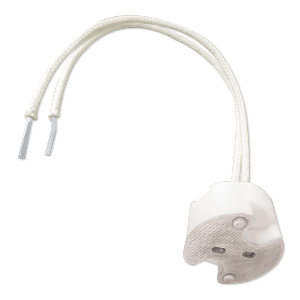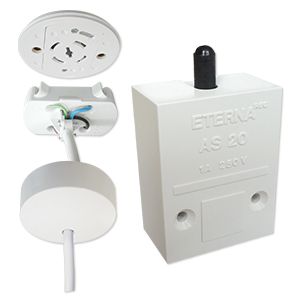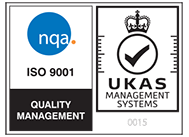Glossary
If you’re not sure what something means, then search our jargon busters below…
A
Accent Lighting
Directional lighting used to focus light on a particular object or area.
Ambient Lighting
The general lighting present in an area, ambient lighting provides an area with overall illumination.
B
Ballast
Most commonly found in fluorescent lighting systems, the ballast regulates the current to the lamp to properly control its operation.
Beam Angle
The angle at which light is distributed from the lamp or luminaire.
C
Class I
Products requiring an Earth connection for electrical safety.
Class II
Double insulated products do not require an earth connection.
Candela (cd)
The measure of luminous intensity of a source in a given direction.
Compact Fluorescent Lamp (CFL)
A general term for fluorescent lamps that are single-ended with small diameter tubes which are bent to form a compact shape.
Colour Temperature
The specification of the colour appearance of a light source, measured in Kelvin. The higher the colour temperature the ‘cooler’ the appearance.
Cool White
A description denoting a colour temperature in the region of 4000K.
Cut out dimension
The size of hole required to fit a recessed fitting.
D
Double Insulation
A term used to describe construction where two levels of insulation protect from exposure to live parts and no earth connection is required (also known as Class II).
Driver
An electrical device that regulates the power to an LED or LED array.
E
Emergency Lighting
Lighting designed to provide sufficient illumination in the event of mains failure to allow safe evacuation, these lights incorporate a continuously charged battery as a backup power source and on mains power failure immediately switch to battery supply. Subject to BS EN 60598-2-22
Efficacy
A measure to indicate how efficiently a light source converts electrical energy to light, expressed in lumens per Watt (lm/W).
F
Floodlight
A luminaire designed to provide uniform illumination over a large area.
Fluorescent Lamp
A type of lamp, usually tubular, that uses fluorescence to produce visible light.
G
Glare
A visual sensation caused by excessive brightness in the field of vision. Where this affects the performance of a task this is called disability glare, where glare causes visual discomfort this is called discomfort glare.
H
Halogen Lamp
A type of lamp which uses a filament surrounded by halogen gases.
High-Bay Lighting
A description for industrial / warehouse lighting designed for use at circa 8-10m mounting height and above.
I
Illuminance
The quantity of light, or luminous flux, falling on a surface area; this is measured in lux.
K
Kilowatt (kW)
A unit of electrical power equal to 1000 watts.
Kilowatt Hour (kWh)
A measure of electrical energy equivalent to the power consumption of 1000W for one hour. This is the typical billing unit used by utility companies.
L
Lamp
A device for giving light, this refers to the complete light source package i.e. internal parts as well the external envelope.
LED Lamp
A lamp incorporating LEDs as the light source.
Light Emitting Diode (LED)
A semiconductor light source that converts electrical energy into light, offering long service life and high energy efficiency.
Low Bay Lighting
A description for industrial / warehouse lighting designed for use up to circa 8m mounting height.
Lumens
A measure of the total amount of visible light emitted by a source.
Lumen Maintenance
A measure of how well a lamp maintains its light output over time and expressed as a percentage of the initial luminous flux.
Luminaire
A complete lighting unit designed to distribute light from a lamp or lamps.
Luminance
The surface brightness of an object from the direction of the observer measured in candelas/m².
Lux
A unit of illuminance or light falling onto a surface.
M
Microwave Sensor
A microwave sensor is an active motion detector emitting high-frequency electro-magnetic waves at 5.8GHz and receiving their echo. The sensor detects change in the echo pattern within its detection zone and the load is then triggered. The wave can pass through doors, glass and thin walls and will continually monitor the signal within the detection area.
Maintained Emergency Light
Luminaire in which the emergency lighting lamps are energized at all times when normal or emergency lighting is required.
N
Non-Maintained Emergency Light
Luminaire in which the emergency lighting lamps are in operation only when the supply to the normal lighting fails.
P
Photocell
A component which senses light and can be used to control luminaires.
PIR
Passive Infra-Red sensors continuously scan an area and detect movement through changes in the background temperature as body heat moves into the area.
T
Task Lighting
Lighting which is focused on a specific area to make the completion of visual tasks easier such as a table lamp for reading.
TP(a) & TP(b)
When specifying luminaires, legislation, as defined by the Building Regulations, must be considered to ensure that the installation meets with current requirements. Building Regulations Approved Document B2 includes the fire safety requirements for the use of thermoplastic materials when they are used as lighting diffusers and form part of a ceiling.
Recessed luminaires with Thermoplastic Diffusers cannot be used in Fire Protected Zones and Stairways unless they have been satisfactorily tested as part of the ceiling system.
Other than above Recessed Luminaires with TP(a) classified diffusers have no restriction on extent of use.
Diffusers classified as TP(b) can be used within almost any commonly used lighting layout. TP(b) diffusers have limitations on size, total area coverage and spacing between diffusers with guidance diagrams provided within Approved Document B2 to assist, however in practice most common designs would be admissible through use of a TP(b) rated panel.
All Eterna Lighting TP(a) and TP(b) panels have been tested at the LIA laboratory.
It should be noted that surface mounted and suspended luminaires are not currently covered by the regulations.
It is strongly recommended that reference be made to the current edition of Approved Document B, to ensure compliance with the latest requirements. Full details of Part B can be found on: www.communities.gov.uk.
W
Warm White
A description denoting a colour temperature in the region of 3000K providing yellow-white light similar to halogen lighting.
